
Canine Products and Marketing Assets
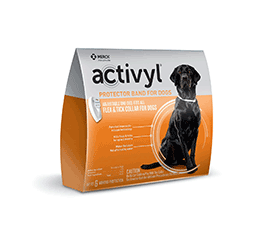
ACTIVYL® Protector Band for Dogs
Activyl® Protector Band for Dogs provides full season, up to 6 months protection against fleas and ticks. Use one Activyl Protector Band every 6 months for year-round protection. For dogs and puppies that are 12 weeks of age and older. The collar contains deltamethrin and has been specially formulated using patented insecticide-release technology.
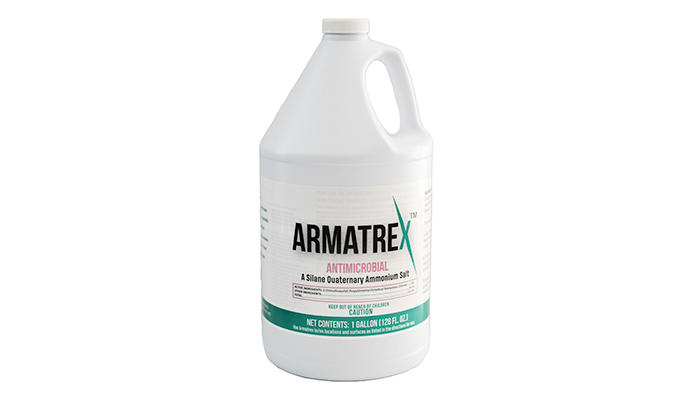
ARMATREX™
ARMATREX™ can be used as a final bacteriostatic finish to impart fungistatic (mold and mildew), or algistatic activity that provides freshness, reduces surface deterioration, or microbiologically induced corrosion. An antimicrobial agent inhibits the growth of odor causing bacteria, fungi, mold, mildew, and algae.
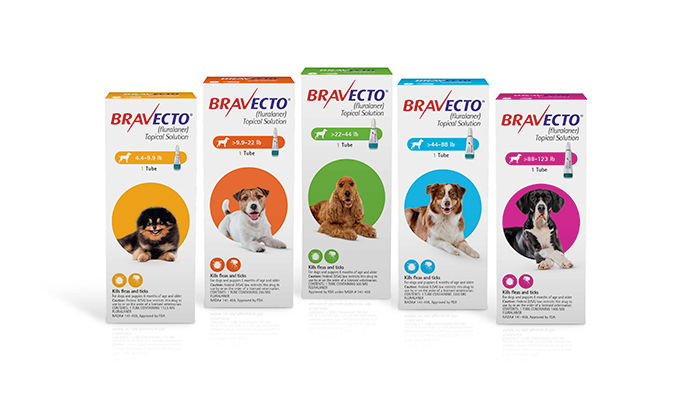
BRAVECTO® (fluralaner topical solution) for Dogs
BRAVECTO® (fluralaner topical solution) for Dogs kills fleas, treats and prevents flea infestations, and kills ticks (black-legged tick, American dog tick, and brown dog tick) for 12 weeks. BRAVECTO also kills lone star ticks for 8 weeks. BRAVECTO is for dogs and puppies 6 months of age and older and weighing 4.4lbs and greater. BRAVECTO […]
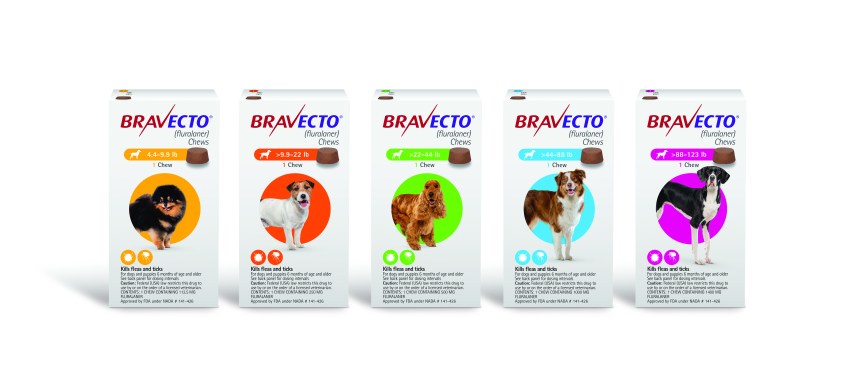
BRAVECTO® (fluralaner) Chews for Dogs
BRAVECTO® (Fluralaner) Chews for Dogs kills fleas, treats and prevents flea infestations, and kills ticks (black-legged tick, American dog tick, and brown dog tick) for 12 weeks. BRAVECTO also kills lone star ticks for 8 weeks. BRAVECTO is for dogs and puppies 6 months of age and older and weighing 4.4lbs and greater. BRAVECTO must be prescribed […]
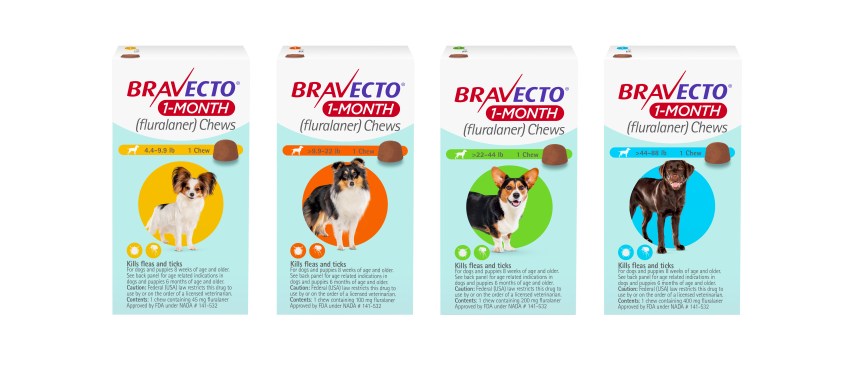
BRAVECTO® 1-MONTH (fluralaner) Chews
BRAVECTO® 1-MONTH (fluralaner) kills adult fleas and is indicated for the treatment and prevention of flea infestations (Ctenocephalides felis) and the treatment and control of tick infestations [Ixodes scapularis (black-legged tick), Dermacentor variabilis (American dog tick) and Rhipicephalus sanguineus (brown dog tick)] for one month in dogs and puppies 8 weeks of age and older, […]
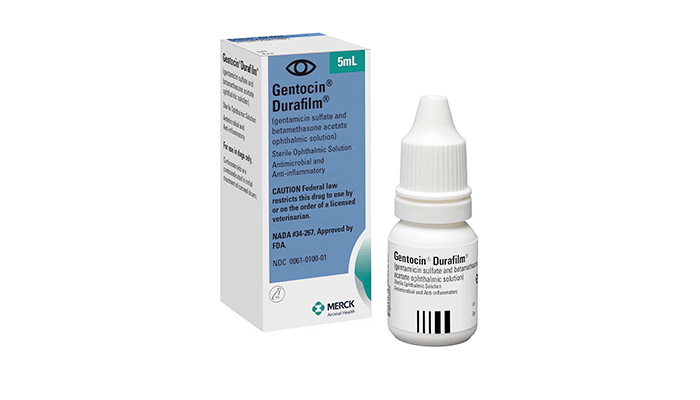
GENTOCIN® DURAFILM®
GENTOCIN® DURAFILM® (Gentamicin Sulfate and Betamethasone) Sterile Ophthalmic Solution is for the treatment of external eye infections and inflammation in dogs. GENTOCIN DURAFILM comes in drops for your dog’s eyes.
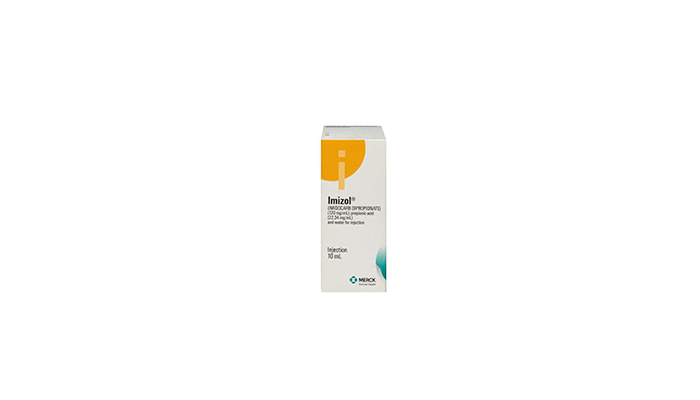
IMIZOL® for treatment of Babesiosis in Dogs (120 mg/mL)
IMIZOL® (imidocarb dipropionate) Injection is for the treatment of dogs with clinical signs of babesiosis (parasitic disease that may be caused by ticks) and/or demonstrated Babesia organisms in the blood.
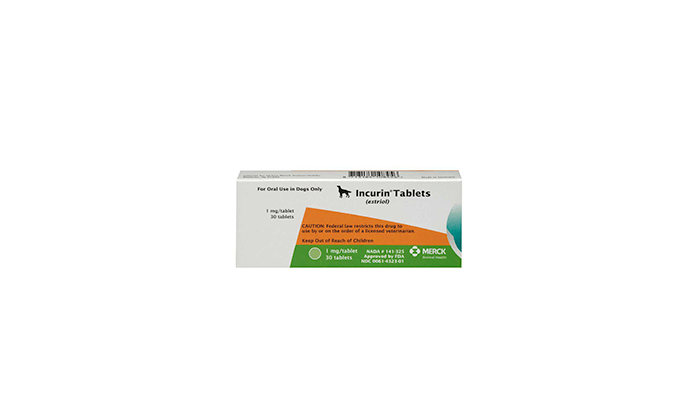
INCURIN® Tablets
INCURIN® (estriol) Tablets treat female canine urinary incontinence (bladder control issues). INCURIN® contains estriol, a naturally occurring, short-acting estrogen found in female dogs.
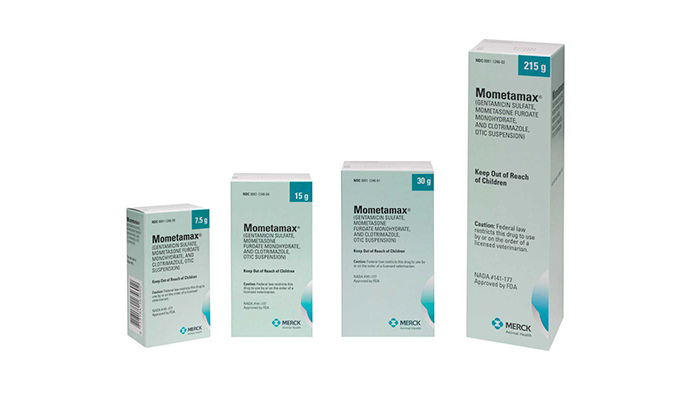
MOMETAMAX® Otic Suspension
MOMETAMAX® (Gentamicin Sulfate, Mometasone Furoate Monohydrate and Clotrimazole) Otic Suspension is for the treatment of mild to moderate cases of otitis externa (chronic inflammation of an external ear canal) in dogs associated with susceptible strains of yeast and bacteria in dogs.
No items to show.
